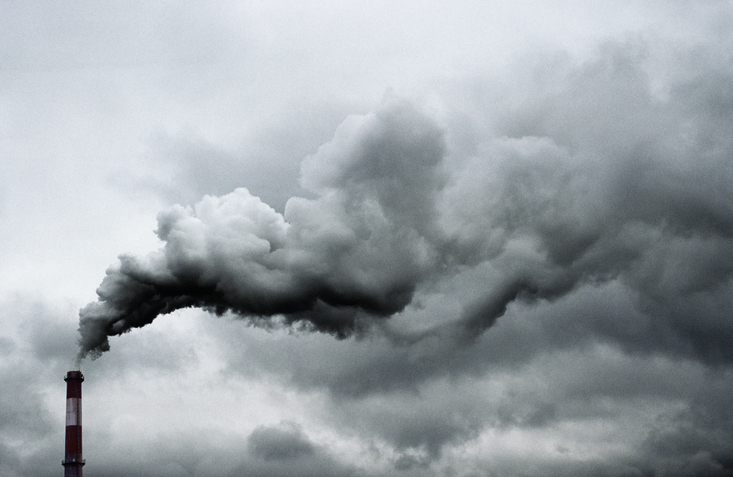 |
| Authors suggest complying with current European air pollution standards could reduce cataract surgery costs and improve population quality of life. Photo: Getty Images. |
It’s known that oxidative stress is a well-established factor underlying the development of cataract. In a recent study, French researchers sought to investigate the relationship between air pollution exposure and the incidence of cataract surgery in Europe; they found an almost 50% increase in the risk of cataract among individuals exposed to nitrogen dioxide (NO2) levels exceeding 40μg/m3. The team’s paper on the work was recently published in Acta Ophthalmologica.
The basis for the work was a population-based cohort of 829 residents of Bordeaux, France aged 65 years or more without cataract surgery prior to inclusion. They were recruited in 1999 and 2000 and followed every two to three years until 2017, with cataract surgery self-reported and checked at the slit-lamp. Average air pollution exposure (particulate matter ≤2.5μm), black carbon and nitrogen dioxide in the 10 years preceding baseline was estimated at the participants’ geocoded residential address.
Exposure to a 10-year average of NO2 concentrations above 40μg/m3 at baseline was associated with an approximately 50% increased risk of undergoing cataract surgery by comparison with an exposure below 40μg/m3, which is consistent with previous studies showing that NO2 is the pollutant most often associated with an increased risk of cataract surgery.
“This concentration represents the current regulatory threshold of the European Union; however, it is still not achieved in several cities across Europe,” the authors wrote in their paper. “Adhering to this threshold could likely lead to a reduction in medical expenses for society.”
The authors did not find any association with exposure to fine particulate matter, which is consistent with the results of a cross-sectional study involving 30,000 Canadian participants and a South Korean longitudinal study. “However, among participants from (a UK Biobank study), those exposed to particulate matter 2.5 in the highest quartile were found to be 14% more likely to undergo cataract surgery compared to those in the lowest quartile,” the authors wrote. This may be due to differences in exposure ranges, which was particulate matter 2.5 in the United Kingdom and between 8μg/m3 and 21μg/m3, compared to 23μg/m3 to 34μg/m3 in this study.
“Given the dissimilar concentration ranges, an effect at lower thresholds with a ceiling effect at higher concentrations cannot be ruled out. In addition, the composition of fine particulate matter might also differ between study areas. Particulate matter 2.5 and black carbon consist of a mixture of various constituents, some of which are more toxic, such as heavy metals. Moreover, the follow-up periods and durations were different, as well as the age of participants.
Another point the authors made is that access to healthcare may differ on a national scale, such as in the United Kingdom, compared to more localized areas with a good supply of healthcare professionals, like the Bordeaux metropolitan area.
Complying with current European air pollution standards could reduce cataract surgery costs and improve population quality of life, the authors concluded.
| Click here for journal source. |
Gayraud L, Mortamais M, Schweitzer C, et al. Ambient air pollution exposure and incidence of cataract surgery: the prospective 3City-Alienor study. Acta Ophthalmol. October 23, 2024. [Epub ahead of print.] |


